Sebastiaan Deviaene designs medical implants using video game development software
Future Makers: industrial designer Sebastiaan Deviaene explains how he works with digital tools more commonly used by video game developers to create 3D-printed implants for bone reconstruction in this movie.
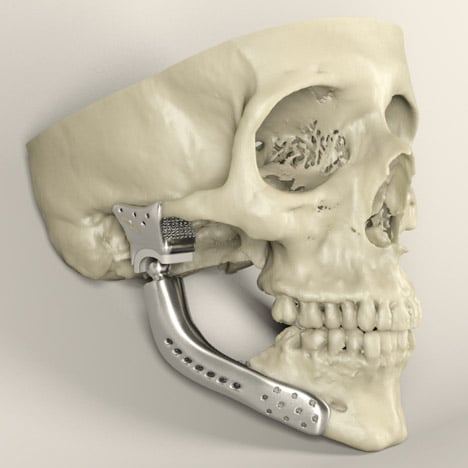
Belgian designer Deviaene works with the medical engineering department at Instituto Tecnológico de Canarias (ITC), a government-funded industrial research and development organisation based in the Canary Islands, to design custom-fit implants for reconstructive surgery in animals and humans.
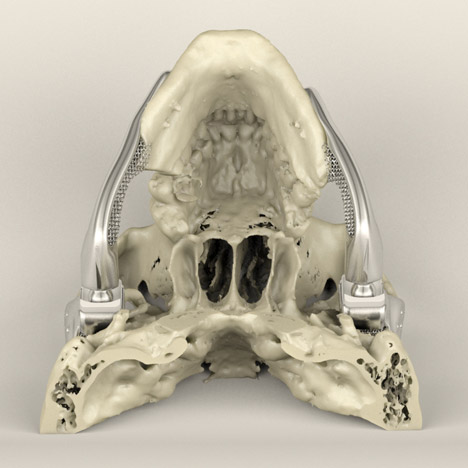
He recently designed a pair of 3D-printed implants to reconstruct the jaw of a patient based in Argentina. Working together with a local company called Raomed, Deviaene was able to work on the whole project remotely, without ever visiting South America.
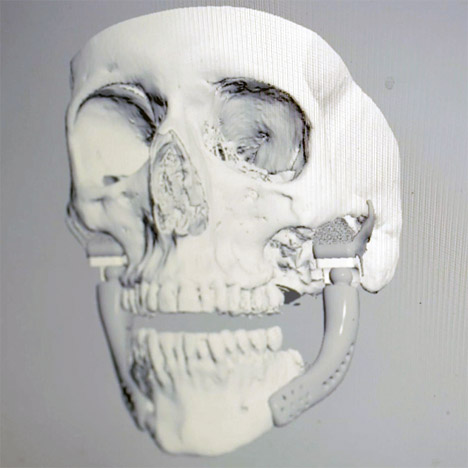
"They scanned the patient and sent the 3D file to us," he explains. "Then we reconstructed the jaw line of the patient."
"The final product was made using EBM technology, which stands for electron beam melting. We prepared it for shipping and never had to travel to Argentina to collaborate."
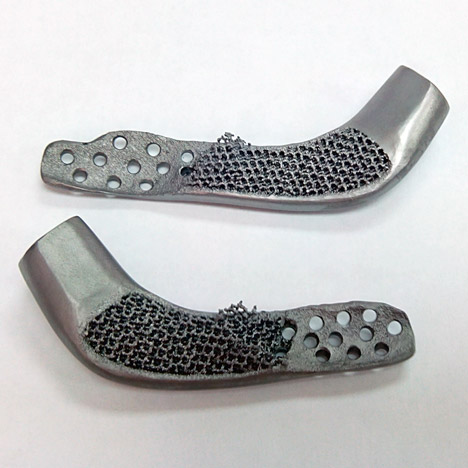
Deviaene's implants for ITC, which are 3D-printed from a medical-grade titanium alloy, feature a lattice structure at the points where the metal meets the patients' bone, which allows the two materials to fuse together.
"3D lattices are really necessary in the medical domain, because solid materials tend to make the bone brittle after time," Deviaene explains. "You really need a 3D lattice to stimulate the bone growth."
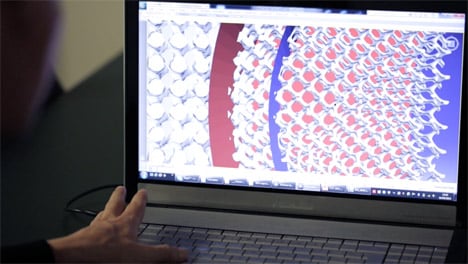
Frustrated by the expense and inflexibility of existing medical software packages for designing implants, Deviaene turned to 3D computer graphics software.
"I use 3DS Max to script the lattice structures and as well to design the custom-fit part of the implants," he explains.
"It is funny to use it for medical applications, because it is more of an architectural visualisation tool or video game development tool. But it is a very stable platform for mesh-based modelling."
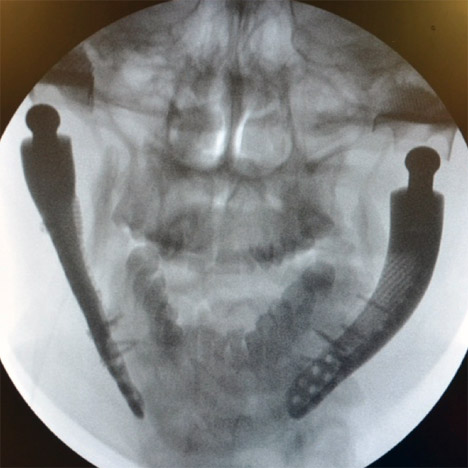
The hardness and stiffness of metal implants means that they are usually only useful for bone reconstruction, but Deviaene is currently working with ITC to develop 3D-printed implants using more flexible hybrid materials.
Subscribe to Dezeen's YouTube channel for the latest architecture and design movies
He says that we'll soon be able to design and print implants for softer tissue types.
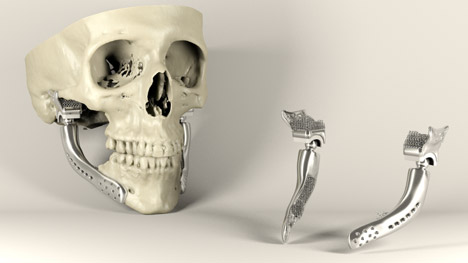
"The exciting thing is we're currently quite restricted to bone reconstruction," he explains. "But in the future, we'll be moving into new tissues using various different bio-absorbable materials. So it is actually just the beginning."

Future Makers is a collaboration between Dezeen and Autodesk exploring how designers are harnessing new digital tools and advanced manufacturing technology to pioneer the future of making things.
You can watch all the movies in the series as we publish them on our YouTube playlist: